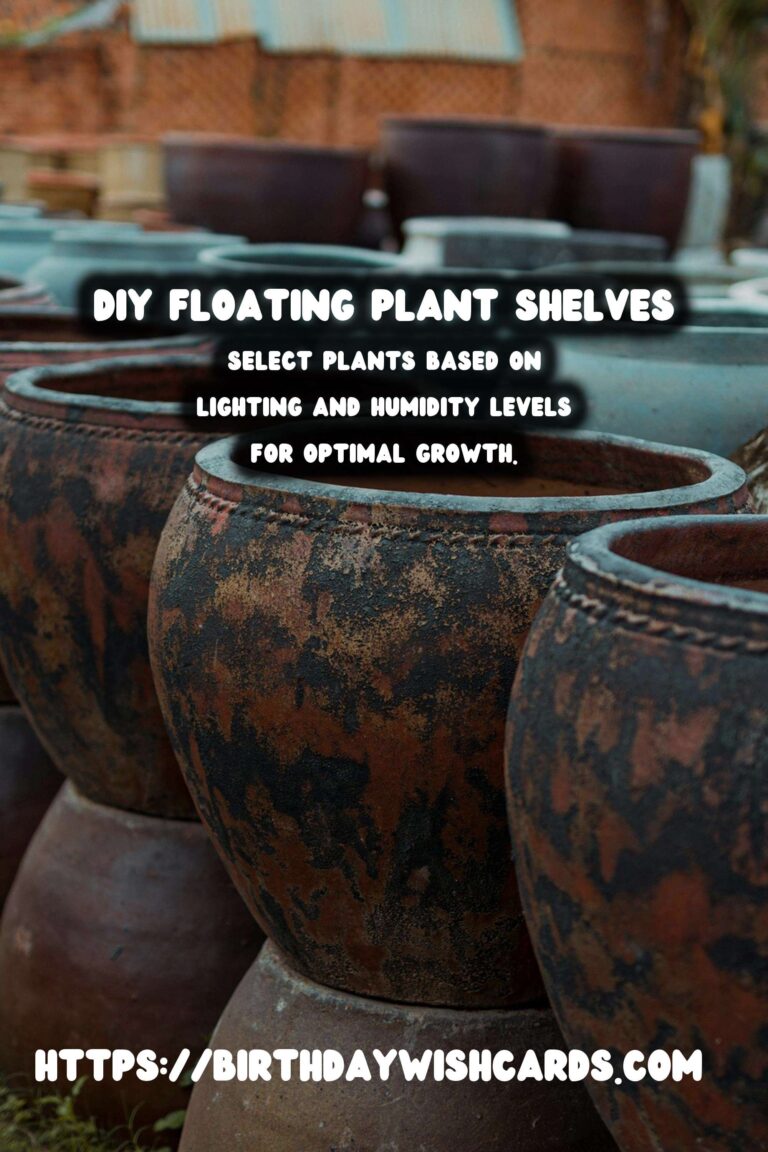
The interest in indoor gardening has seen a significant rise in recent years. One of the most effective ways to incorporate greenery into your home without taking up too much space is by installing floating plant shelves. This tiered approach not only maximizes vertical space but also adds a modern aesthetic to any room.
Why Choose Floating Plant Shelves?
Floating plant shelves are an excellent option for those looking to enhance their indoor gardening experience. These shelves offer several benefits, including space efficiency, aesthetic appeal, and ease of installation. By using walls instead of floor space, you can create a lush garden effect in small apartments or rooms with limited space.
Materials Needed for DIY Floating Plant Shelves
To start your DIY project, you will need the following materials:
- Wooden planks (preferably 1 inch thick)
- Wall brackets or shelf supports
- Measuring tape
- Level
- Screws and wall anchors
- Drill
- Sandpaper
- Wood finish or paint (optional)
These materials are generally easy to find at any hardware store and are essential for creating sturdy and visually appealing shelves.
Step-by-Step Guide to Building Floating Plant Shelves
Step 1: Measure and Plan
Begin by choosing the location for your floating plant shelves. Use a measuring tape to determine the length and width of the area. Plan the number of shelves you want and the distance between each tier.
Step 2: Cut and Prepare the Wood
Once you have your measurements, cut your wooden planks to the desired length. Sand down the edges and surfaces to ensure they are smooth. Apply wood finish or paint if desired, allowing ample time for it to dry.
Step 3: Install the Brackets
Use a level to mark the position of your brackets on the wall. Drill pilot holes and insert wall anchors if necessary, then attach the brackets securely with screws. Ensure that they are level and at the correct height.
Step 4: Mount the Shelves
Place the prepared wooden planks onto the brackets. Secure them with screws to prevent any movement. Double-check that each shelf is level before adding your plants.
Choosing the Right Plants
When selecting plants for your floating shelves, consider the lighting and humidity levels of the room. Some great options include succulents, air plants, pothos, and ferns. These plants are generally low-maintenance and thrive in various indoor environments.
Maintenance Tips for Your Floating Plant Shelves
To keep your floating plant shelves looking fresh and vibrant, regular maintenance is essential. Dust the shelves and plants regularly, and ensure that each plant receives adequate water and sunlight. Rotate plants occasionally to promote even growth.
Conclusion
DIY floating plant shelves are a stylish and practical solution for indoor gardening enthusiasts. By following this guide, you can create a beautiful and functional green space in your home. Not only do these shelves provide an artistic touch, but they also promote a healthier living environment by purifying the air.
Floating plant shelves maximize vertical space and add a modern aesthetic to any room. These shelves are space-efficient, aesthetically appealing, and easy to install. Materials needed include wooden planks, wall brackets, measuring tape, and screws. Select plants based on lighting and humidity levels for optimal growth. Regular maintenance is essential to keep your floating plant shelves looking fresh. 
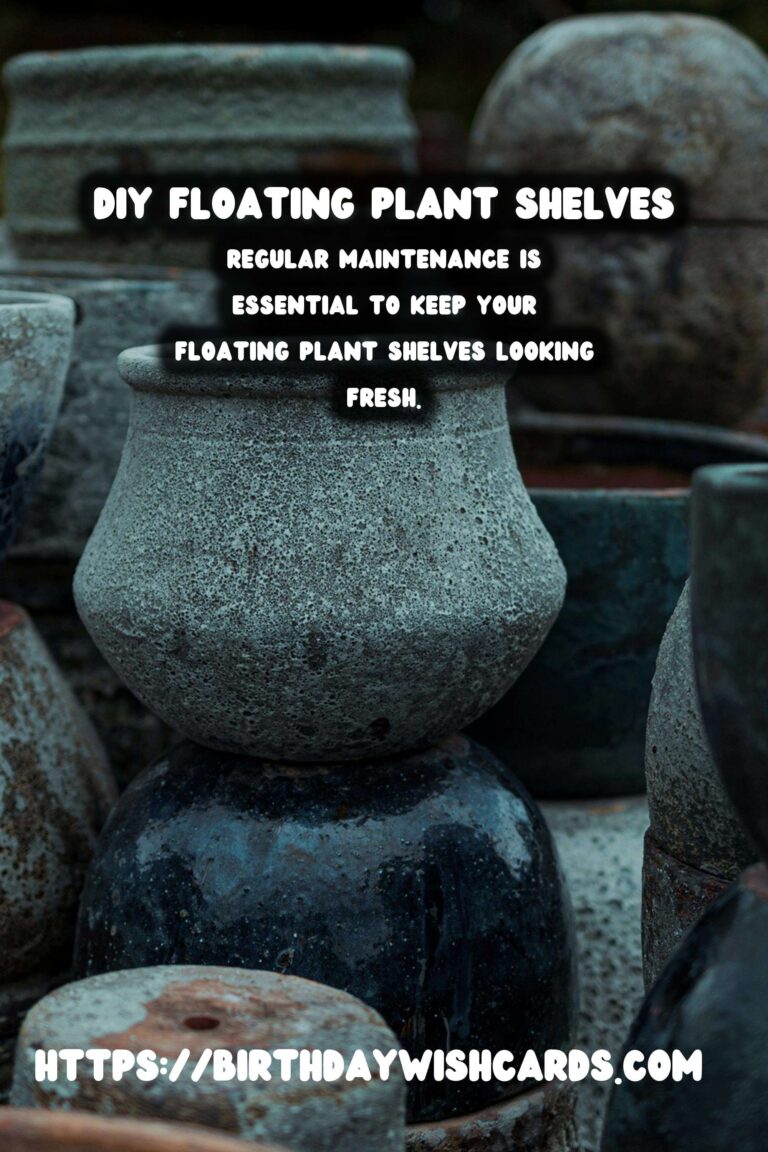
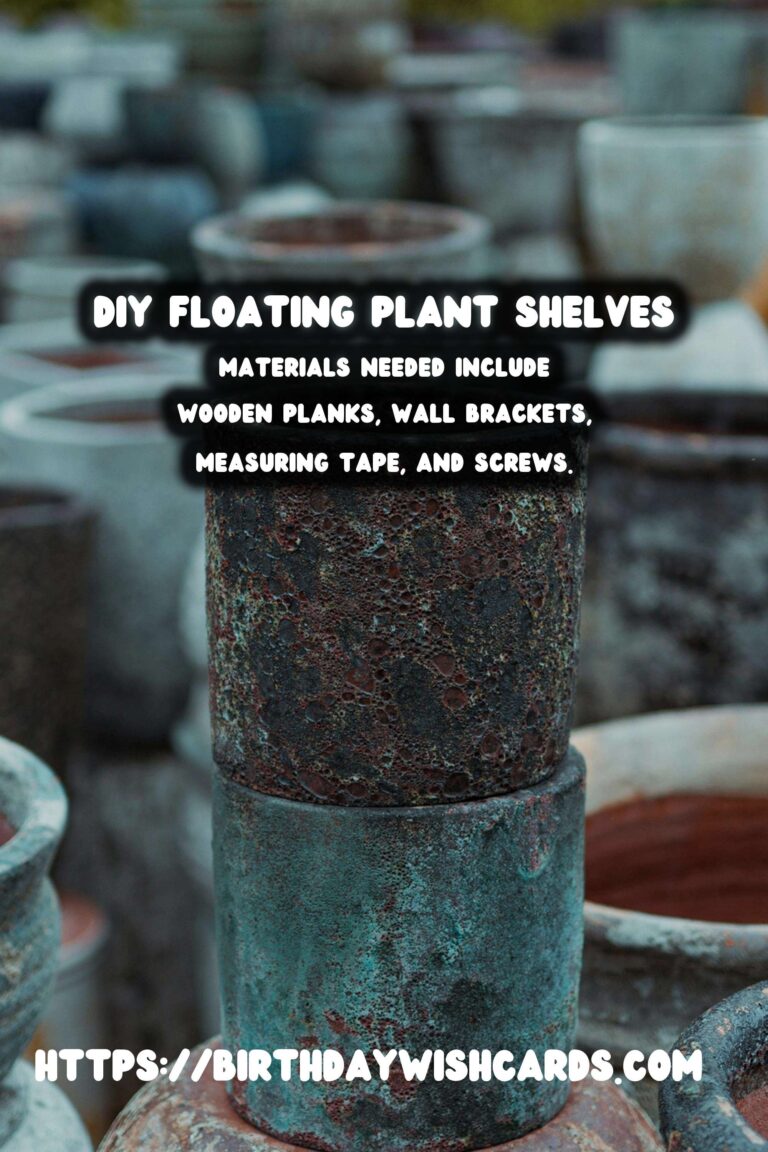
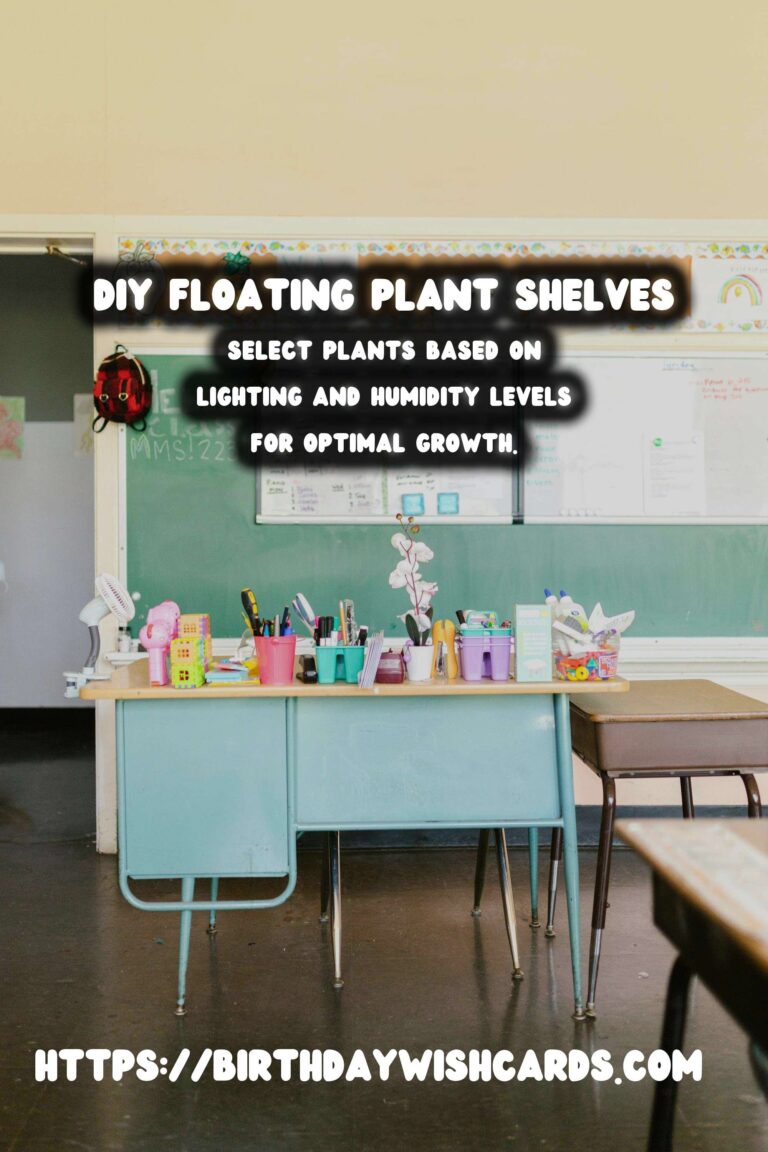
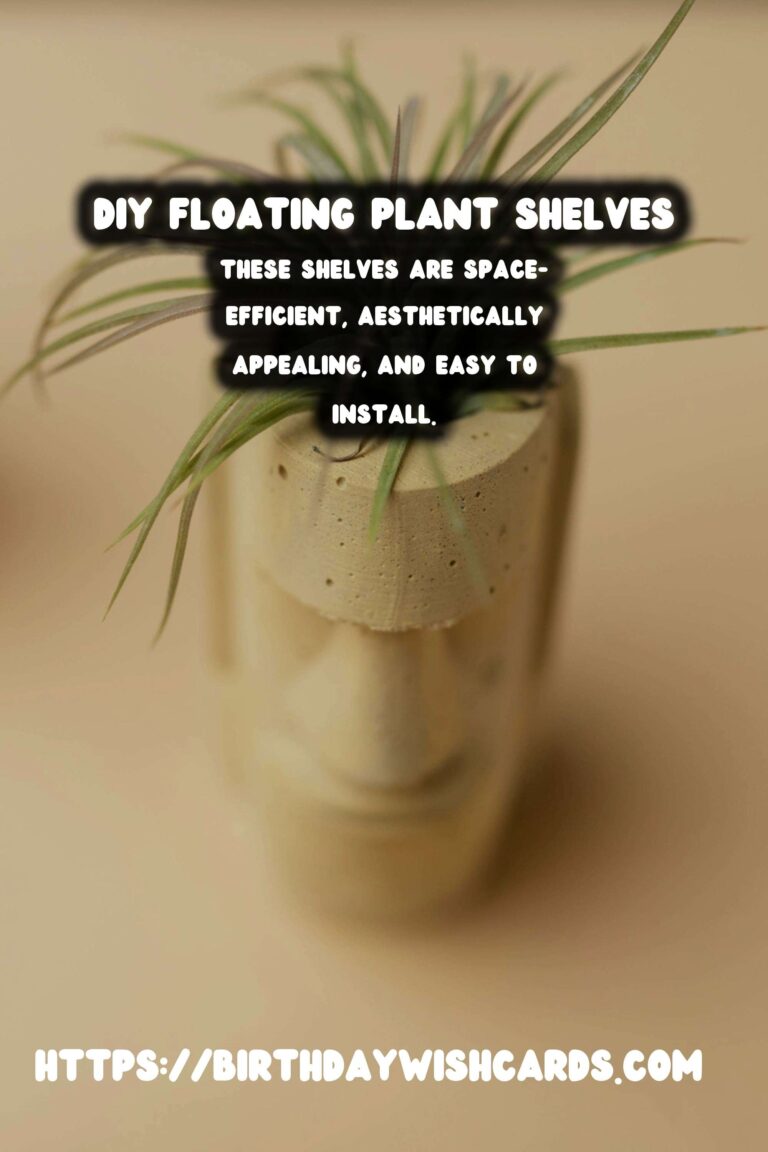
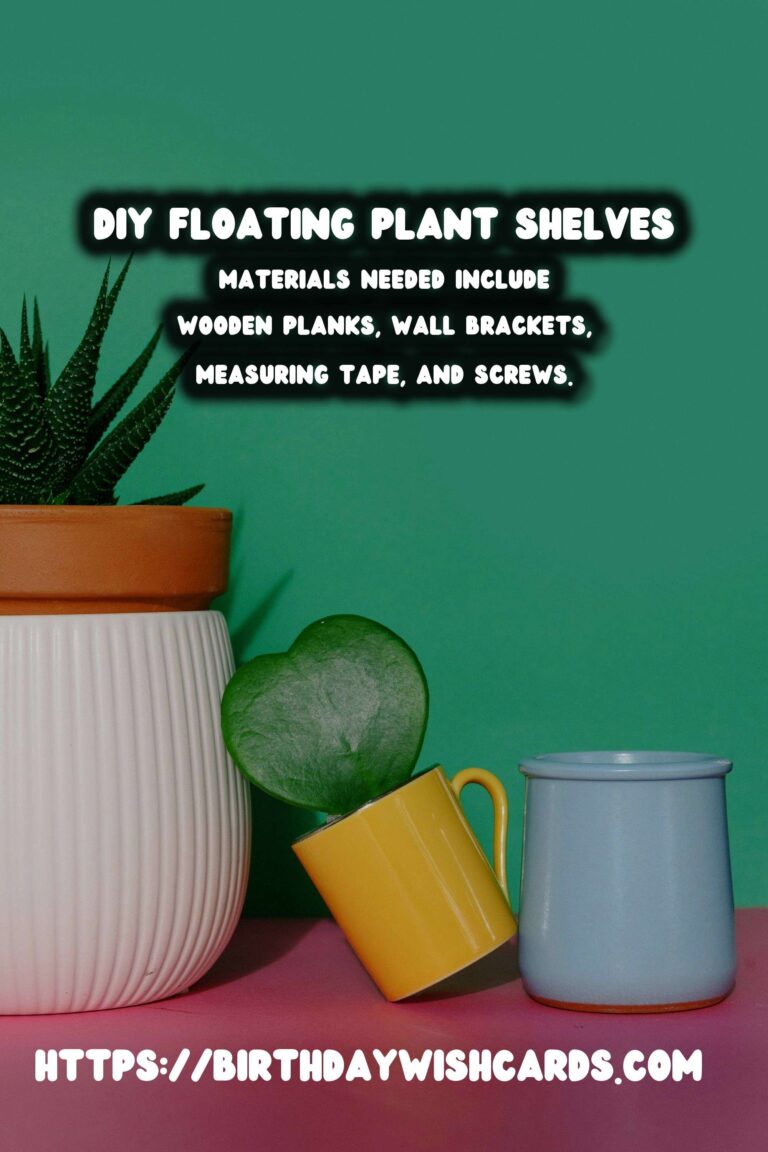
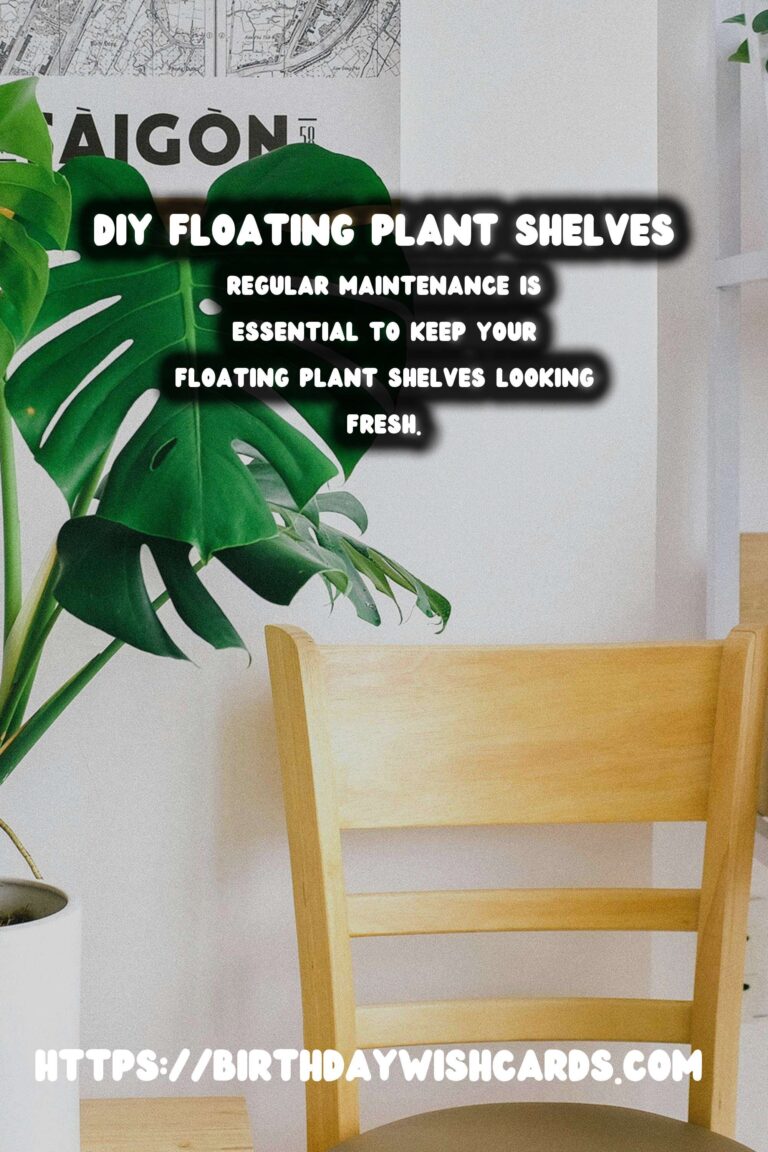
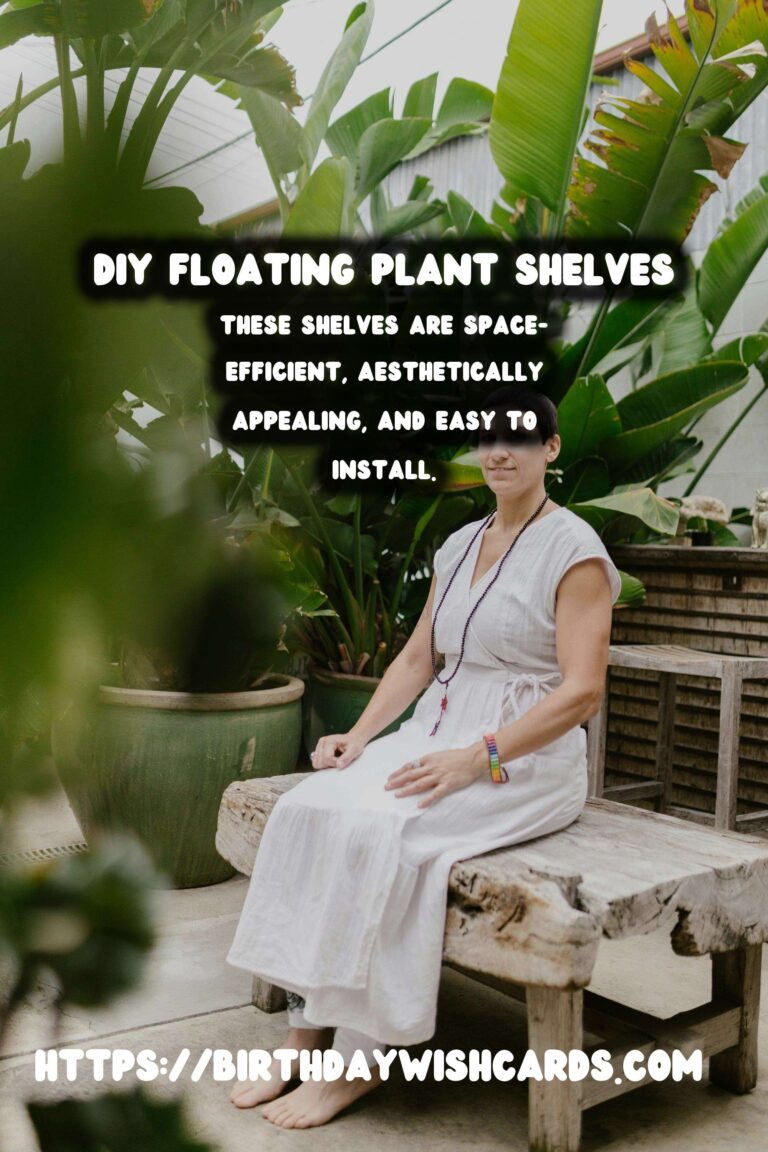
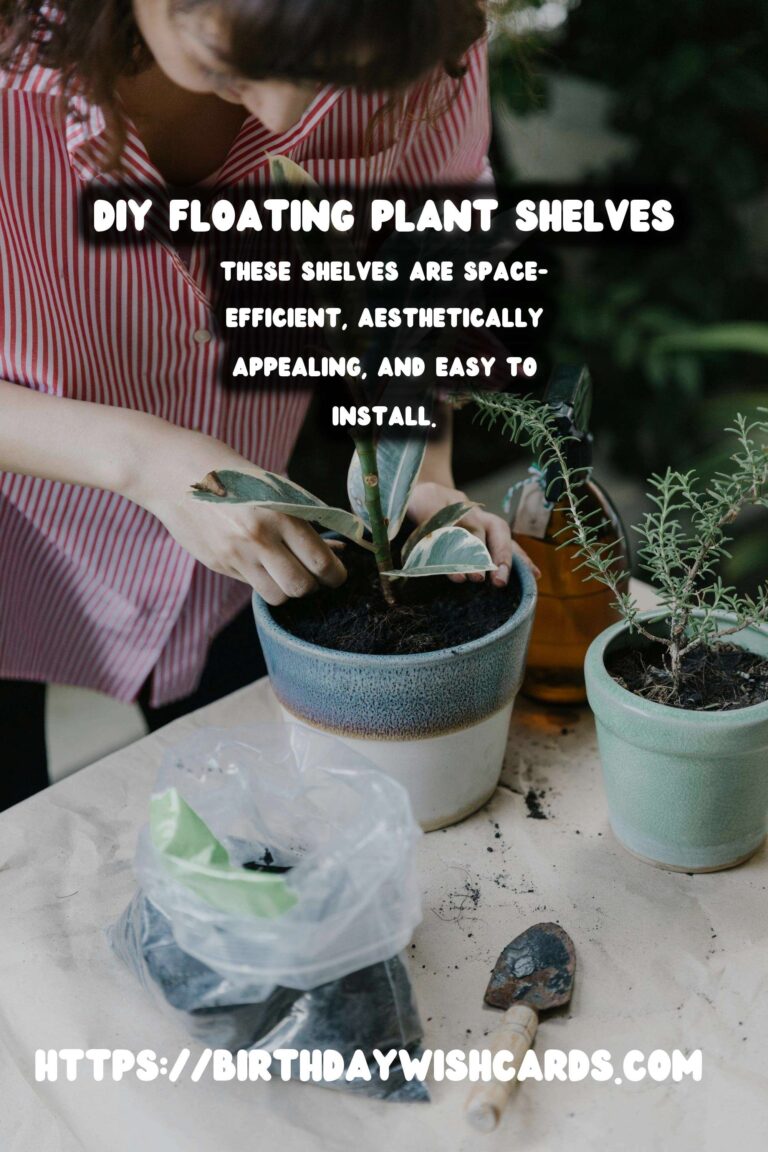
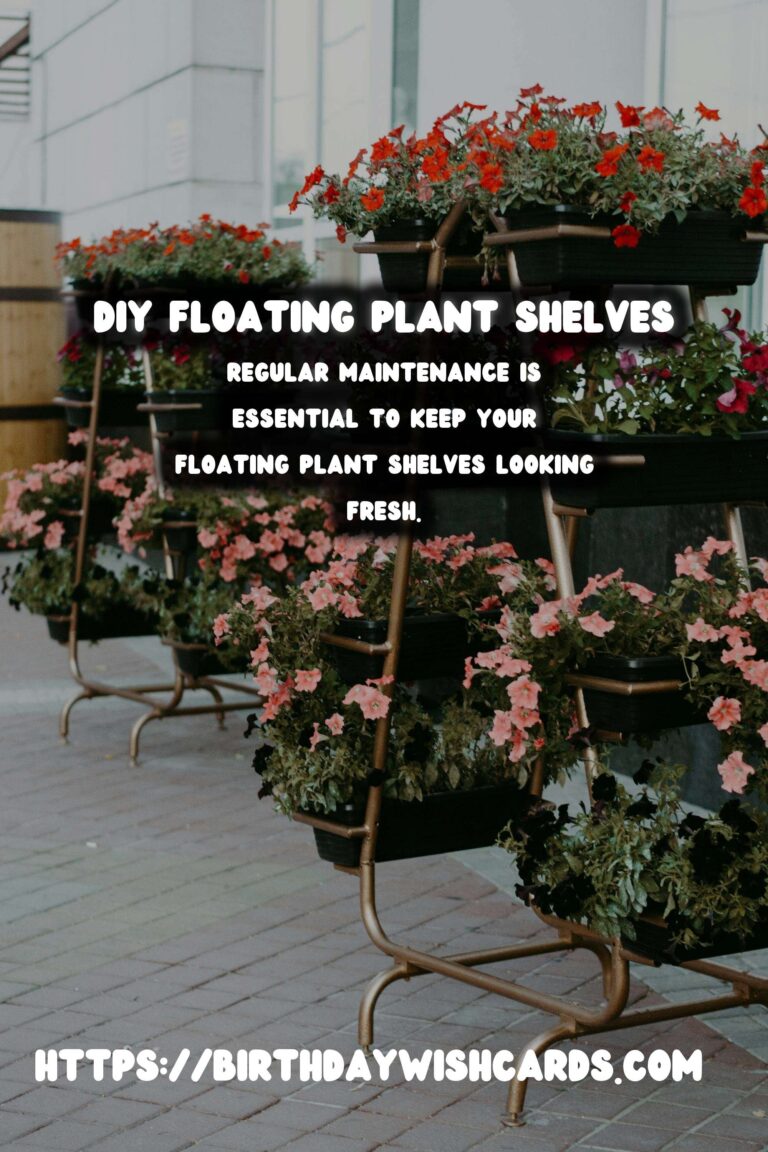
#DIY #FloatingShelves #IndoorGardening #HomeDecor #PlantLovers




